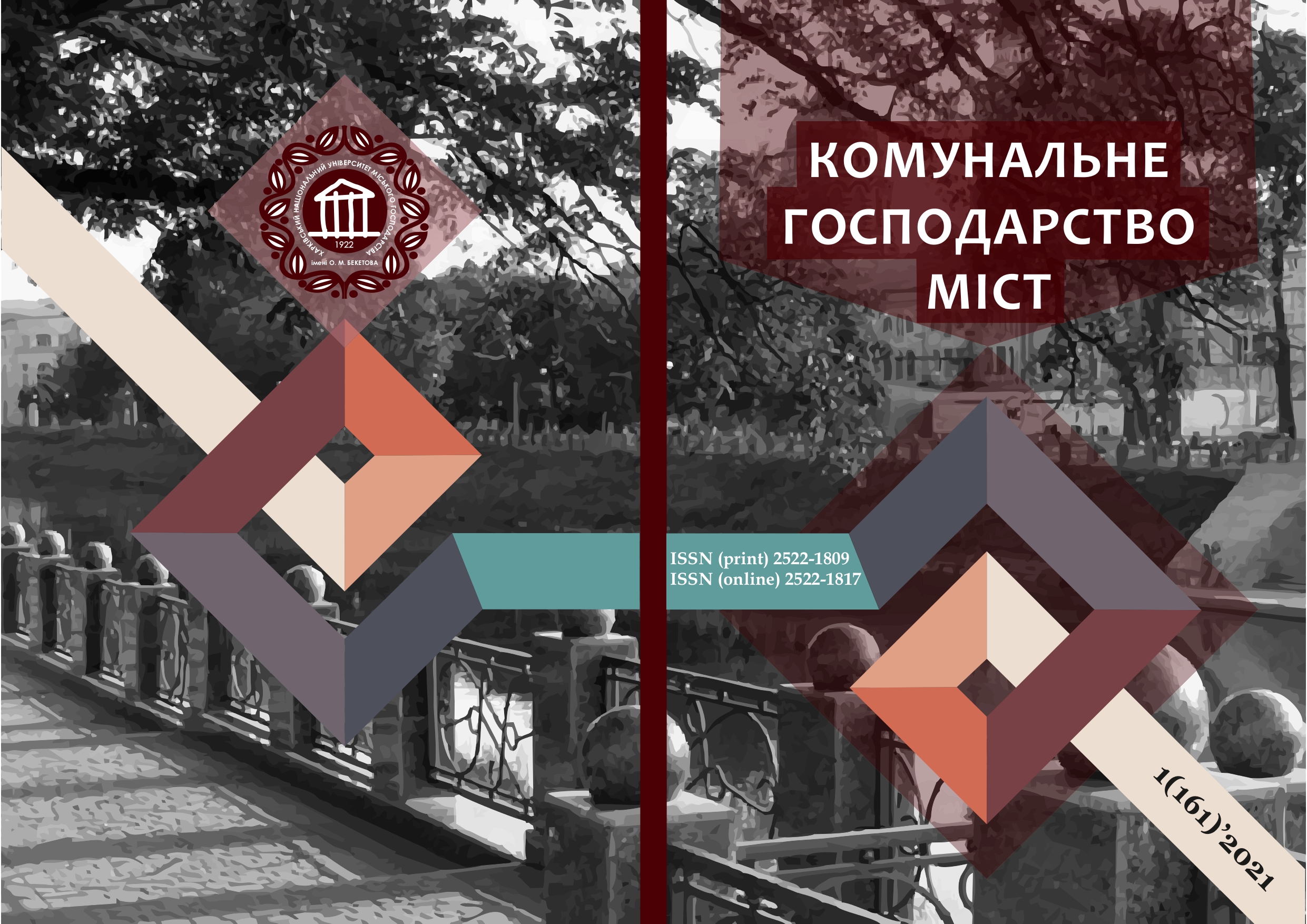DESIGNING ENVIRONMENTALLY HAZARDOUS OBJECTS BY MEANS OF GEOGRAPHIC INFORMATION SYSTEMS
Array
Keywords:
technogenic object, geoinformation system, geospatial data, geodatabase, sanitary zone, trivial model.Abstract
The article deals with the current problem of solid waste disposal. Also the use of geoinformation technologies in the design of environmentally hazardous facilities. The sequence of actions in case of reconstruction of a land plot for the construction of a solid waste landfill is described in detail. It shows how you can use geographic information systems to speed up and better accomplish the task. The convenience of using geographic information systems when planning such tasks is obvious. It is advisable to use geographic information systems when planning environmentally hazardous facilities. This is due to the complex nature of the problem. This requires the involvement of additional spatial data. It is the geographic information system that will allow the use of all data in the complex based on the principle of their spatial position. You can also use data models to support the creation, validation, and correction of information. In a geographic information system, you can create a geodatabase. This will create a 3D model of a solid waste landfill. The 3D model allows you to better represent the terrain. Creation of a triangulation network will allow to correlate all layers created in the geodatabase. The triangulation network is created from 3D terrain points. It allows you to get a three-dimensional model of a high-altitude polygon. This provides many possibilities in the future. It will be possible to interpret 3D models with high-precision engineering systems. This allows you to carry out any geometric measurements, build sections and profiles, as well as monitor activities at the solid waste landfill. Based on these data, it is possible to measure the volumes of household waste, areas, the height of the landfill in terms of the height of the actual relief and the level of groundwater, the altitude characteristics of the landfill and slopes to compare them with the standard indicators. The three-dimensional model will make it possible to identify inconsistencies between the actual boundaries of the polygon with the cadastral boundaries of the site allocated for these purposes. With the help of geographic information systems, simplicity, speed and clarity in the formation of conclusions and decision-making will be provided.
References
2. Saijt “Karta Ukrainy so sputnika”, www.obl-map.com.ua/848330
3. Saijt “Minprom. Informacionnoe agenstvo”, https://www.minprom.ua
4. Kontokosta, C. E., Hong, B., Johnson, N. E., & Starobin, D. (2018). Using machine learning and small area estimation to predict building-level municipal solid waste generation in
cities. Computers, Environment and Urban Systems, 70, 151– 162.
5. Pomortseva О.E., Pilicheva M.O., Anoprienko T.V. (2019), Tehnologiya vikoristannya geoinformaciijnih sistem pri obrobci geodezichnih danih [Technologies of use of geoinformation systems at production of geodetic means] / Technical sciences and technologies. – № 4 (18). – pp. 229– 236.
6. O. Pomortseva, O. Kobzan, S. Yevdokimov, A. Kukhar Use of geoinformation systems in environmental monitoring, The International Conference on Sustainable Futures: Environmental, Technological, Social and Economic Matters (ICSF 2020) Kryvyi Rih, Ukraine, E3S Web Conf. Volume 166 (2020).
7. Pomortseva О.E. (2018), Modelyuvannya roztashuvannya ekologichno nebezpechnih ob`ektiv za dopomogoyu geoinformacijnih system [Modeling the location of environmentally hazardous objects using geographic information systems] / Scientific notes of the Tavriya National University. VI Vernadsky Series: Technical Sciences, – Volume 29 (68), № 6. – pp. 222–227.
8. Elhamdouni, D., Arioua, A., El Hmaidi, A., Aba, B., Mansour, D., Karaoui, I., & Ait Ouhamchich, K. (2017). Geomatics tools and AHP method use for a suitable communal landfill site: Case study of khenifra region - morocco. Journal of Materials and Environmental Science, 8(10), 3612–3624. Retrieved from www.scopus.com
9. Pomertseva O.E. (2017), Vikoristannya geoinformacijnoi sistemi u proektuvanni infrastrukturi mista [The use of the geoinformation system in the design of the city infrastructure] / International scientific and practical conference «Modern techniques, innovations and practical experience in the field of technical sciences» Lublin, Republic of Poland. – рр. 223– 226.
10. Mahmood, S., Sharif, F., Rahman, A. & Khan, A. U. (2018). Analysis and forecasting of municipal solid waste in nankana city using geo-spatial techniques. Environmental Monitoring and Assessment, 190(5).
11. Adedotun, A. A., Sridhar, M. K. C., & Coker, A. O. (2020). Improving municipal solid waste collection system through a gis based mapping of location specific waste bins in ibadan metropolis, nigeria. Journal of Solid Waste Technology and Management, 46(3), 360–371.
Downloads
Published
How to Cite
Issue
Section
License
The authors who publish in this collection agree with the following terms:
• The authors reserve the right to authorship of their work and give the magazine the right to first publish this work under the terms of license CC BY-NC-ND 4.0 (with the Designation of Authorship - Non-Commercial - Without Derivatives 4.0 International), which allows others to freely distribute the published work with a mandatory reference to the authors of the original work and the first publication of the work in this magazine.
• Authors have the right to make independent extra-exclusive work agreements in the form in which they were published by this magazine (for example, posting work in an electronic repository of an institution or publishing as part of a monograph), provided that the link to the first publication of the work in this journal is maintained. .
• Journal policy allows and encourages the publication of manuscripts on the Internet (for example, in institutions' repositories or on personal websites), both before the publication of this manuscript and during its editorial work, as it contributes to the emergence of productive scientific discussion and positively affects the efficiency and dynamics of the citation of the published work (see The Effect of Open Access).

